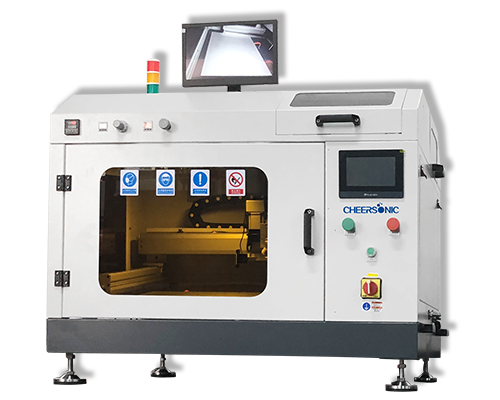Microfluidic Chips
Microfluidics has a wide range of applications across a vast swathe of industries. Microfluidics encompasses both microfluidic chips and microfluidic devices. In this post we’ll discuss what exactly is a microfluidic chip and how microfluidic chips are being used today. Let’s begin.
What is a microfluidic chip?
A microfluidic chip refers to an apparatus used in Microfluidics applications. A microfluidic chip closely resembles a microscope slide…but microfluidic chips have micron-thin internal channels. The micro channels are usually connected to an external pump to drive nano-liters of fluid into the microchannels by means of micro-bore tubes. The micro channels could be as simple as a straight line, or as complex as a network of features (chambers, channels) separated by thin walls, membranes or valves.
Microfluidic chips are the “houses” on which multiple microfluidic devices can be placed.
How to use Microfluidic Chips?
Microfluidic chips are often used as a part of a larger, intricate systems. These systems fall into three main categories: Chip-in-a-lab, Lab on a chip, and integrated microfluidic chip.
Chip-in-a-Lab
This is the most popular way of using a microfluidic chip. The microfluidic chip is usually connected to a syringe pump using tubes. Fluid is driven into the chip and a physical, chemical, or biological experiment is set. There are thousands of ways this setup could be used. It could be used to separate some particles from other particles, e.g. cancer cells from regular cells. The applications of microfluidics are enormous. In this setup sometimes the microfluidic chip is placed in a regular or inverted microscope to see the action or reactions in the channels. The chip may be placed under laser, magnet or piezoelectric acoustic wave makers. The chip may be placed inside an incubator for an extended period of time for organ on chip applications. Microfluidic chips could be used in pretty much any lab that uses liquid of some sort for research.
Lab on a chip
A true lab on a chip, is when the whole action happens in or around the microfluidic chip. Such a system should drive the flow through capillary action, or inline pumps. Then control and process the flow, and give results. Although many microfluidics chips have been called LOC, true LOCs have not emerged yet. The closest could be lateral flow type platforms.
Integrated Microfluidic Chip
The microfluidic chip is usually integrated in an injection molded cartridge, cassette, or kit. The cartridge is then inserted into an analyzer or reader where most of the actuation, sensing and processing takes place. Examples are finger prick blood glucose meters for diabetes.
As point-of-care, in vitro diagnostic device technology continues to evolve, so does the need for sophisticated coatings of active and inactive layers when manufacturing these devices. Ultrasonic spray heads can spray in any direction to uniformly spray target areas, complex three-dimensional structures and small parts with virtually no overspray. Ultrasonic spraying technology is highly controllable and can make precise films from various solutions or suspensions, such as biopolymers, proteins, EDTA, heparin, amino acids, enzymes, plasma, and preservatives.
Process advantages of using ultrasonic spray technology:
Reduce wasteful overspray
Non-clogging spray head design minimizes maintenance and downtime.
Highly controlled spray produces reliable, repeatable, consistent results.
Ability to spray ultra-thin, clear lines
The kinetic energy of the low-velocity spray is so small that it will not damage or alter the most fragile cellular structures


